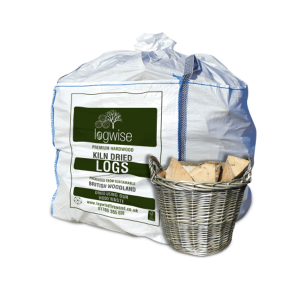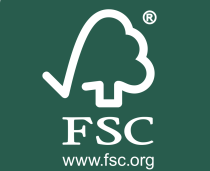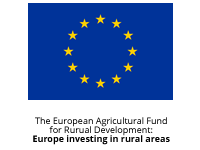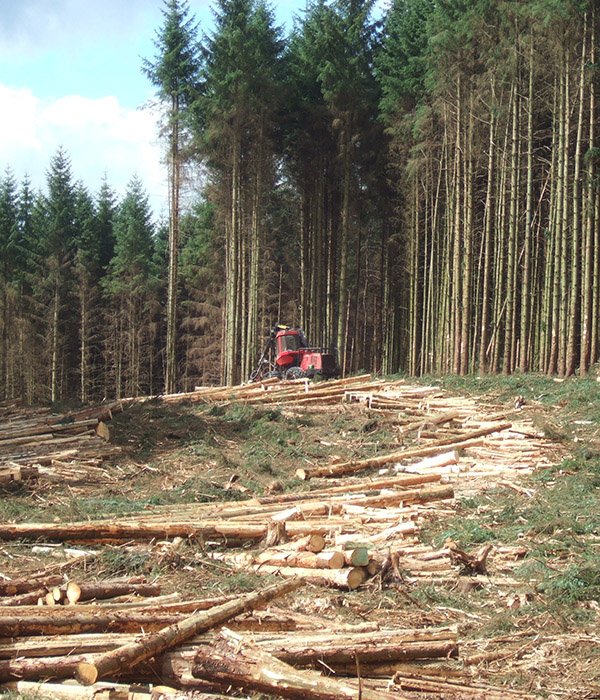
Why softwood logs are the most sustainable firewood we sell
On our softwood logs page, we say that it’s our quickest growing wood:

See?
We want to dig a bit deeper into that claim and explain why fast growth makes softwood an environmentally friendly type of wood.
First, let’s take a look at the types of trees that hardwood and softwood logs come from.
- Hardwood comes from trees like beech, ash, oak, sycamore, maple, birch, and hazel.
- Softwood is from larch, pine, cedar, fir, yew and spruce.
Although generally hardwood trees are denser than their softwood cousins, this isn’t where the distinction comes from. Indeed some softwoods (like yew) feel hard, and some hardwoods (like balsa) feel soft.
You’re probably wondering what differentiates hard and soft wood, if not the physical properties.
What is the difference between hardwood and softwood?
Interestingly, it comes down to the way the trees reproduce. Hardwood comes from angiosperms, which are flowering trees that pass their seeds along via enclosed vessels like fruits. Softwood comes from gymnosperms: these have exposed seeds, like pine cones.
Angiosperms (hardwood trees) have seasonal life cycles. Their leaves fall off in autumn, and they bloom again in spring. Gymnosperms, on the other hand, are evergreen. They stay in bloom all year round.
What’s so good about softwood?
In the UK, softwood can receive a bit of a bad rap. Because some softwood trees have high sap content, the logs can be prone to spit or leave tar residue in your chimney. But all of the softwood we sell is larch: an especially efficient softwood with a high calorific value (meaning a high burn temperature) and a lower sap content (meaning less spitting, and less tar).
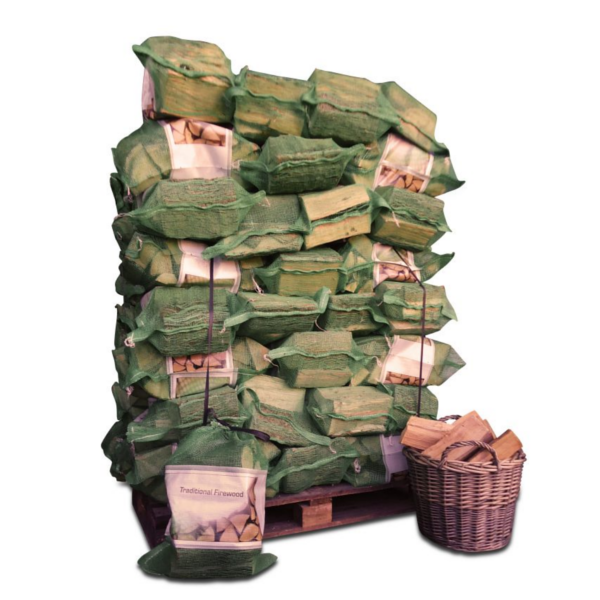 So don’t be put off. Over 80% of Scandinavia’s forests are softwood, and if they can get by burning mainly softwood during winters that get down to -20 or even -30°C, you can trust softwood firewood to do you proud.
So don’t be put off. Over 80% of Scandinavia’s forests are softwood, and if they can get by burning mainly softwood during winters that get down to -20 or even -30°C, you can trust softwood firewood to do you proud.
You can also enjoy peace of mind from knowing that we dry our wood for longer than some other sellers too, bringing the moisture content below 20% and ensuring less sap and a hotter burn.
Why is softwood more environmentally friendly?
Now we’ve spoken about the merits of softwood, let’s look at why it is considered to be more sustainable than hardwood.

Because softwood trees grow more quickly, it’s possible to rotate plantations more quickly. This means trees can be planted, grown to size, chopped down to be processed, and replaced at a faster rate than hardwood trees.
In real terms, this means that woodland managed for timber and firewood is put to better effect when growing softwood trees.
Where does Logwise Firewood get its softwood from?
The majority of our softwood comes from sustainably managed woodland just three miles from our log yard. This means that not only is the wood more sustainable than hardwood, but also that there is hardly any carbon footprint thanks to the short journey from woodland to log yard.
You can see our blog post about buying wood from source if you want to learn more about the logistics of importing wood from afar. Many other log sellers in the UK import theirs from eastern Europe, for example, which adds thousands of miles of emissions into the carbon footprint.
Check out our softwood logs for sale right here (or, if you live in our local postcode range, here).
Browse our best sellers
-
Kiln dried logs, shipping-dependent
From £155.00 Select options This product has multiple variants. The options may be chosen on the product page -
Kiln dried logs, shipping-dependent
From £155.00 Select options This product has multiple variants. The options may be chosen on the product page
-
From £5.00 Select options This product has multiple variants. The options may be chosen on the product page
-
Eco firelighters, Eco firelighters local, Logwise local
From £3.00 Select options This product has multiple variants. The options may be chosen on the product page

